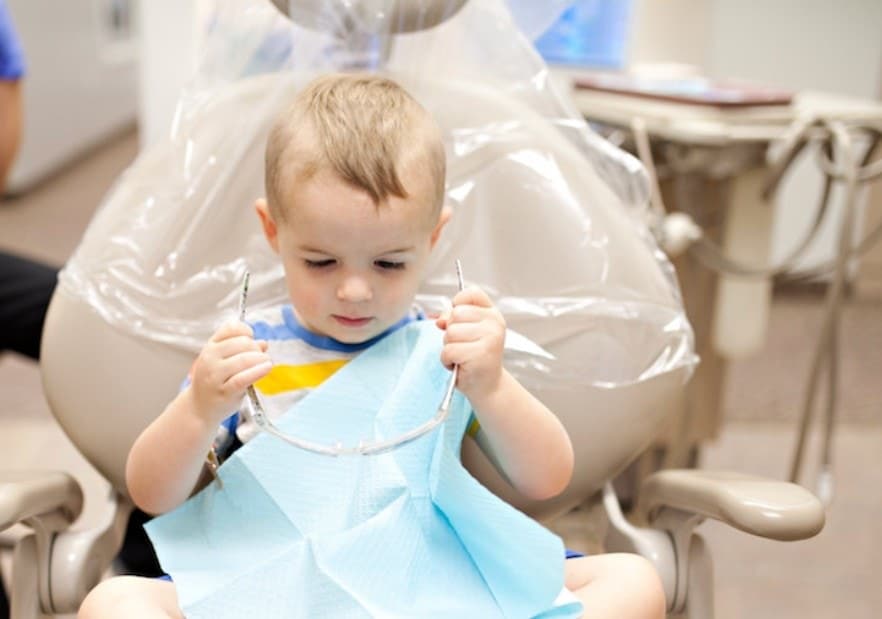Wearable baby monitors don’t reliably read vital signs, study finds

But makers of the Owlet Baby Monitor stand by their product.
Parents would do just about anything to ensure their baby is safe and sound during the night. A new study, however, found popular wearable baby monitors don’t live up to their promises.
“There are lots of reasons parents should probably not be using consumer vital sign monitors,” study leader Dr. Chris Bonafide of the Children’s Hospital of Philadelphia tells Reuters. “There is no evidence that these monitors prevent SIDS. And the issues with accuracy… make me concerned that they could not just be unhelpful but that they could also create problems.”
For the study published in The Journal of the American Medical Association (JAMA), researchers looked specifically at the Owlet Smart Sock 2 and Baby Vida wearable monitors, which are both promoted as being able to alert a parent when the baby’s heart rate or blood oxygen levels dangerously dip. Working with 30 infants, they put a hospital monitor on one foot and a commercial monitor on the other to compare readings.
The Owlet missed nine times when an infant’s oxygen levels were low, accurately detected low readings 71 times and sounded a false alarm 26 times. The Baby Vida performed significantly worse, missing 102 times when an infant’s oxygen was low.
Bonafide says these findings are concerning to him because he worries parents may stake too much on their monitors than their own gut instincts and other cues. For example, if a parent believes their child has a cold or is developing pneumonia, it would be problematic if they delay treatment because the monitor says the baby’s vital signs are okay.
“So instead of bringing the baby in that night, the parent might decide to wait till morning,” he says. On the other hand, he says he was interested in performing the study after witnessing a parent come into the emergency room with a baby because of a false alarm.
Although no commercially available baby monitors have been approved by the FDA, Kurt Workman, co-founder and CEO of Owlet, says in a statement their sensors were “validated in studies performed by independent laboratories.” He notes the study included high-risk, premature babies, whereas the Owlet is intended for use with healthy babies at home.
“Owlet is designed for in-home use, with healthy babies while they sleep, to provide parents with information about their child’s well-being,” Workman says. “The accuracy and performance of the Owlet Smart Sock is something that we take very seriously.” (Representatives for Baby Vida have not responded to Motherly’s request for comment.)
Many parents rave in reviews that the peace of mind they received from wearable baby monitors was worth it, with another study of more than 47,000 infants finding that 96% of their parents reported feeling “less anxious” when they used the Owlet.
However, Dr. Gary Satou, director of pediatric echocardiography and co-director of fetal cardiology at the UCLA Mattel Children’s Hospital in Los Angeles, tells Reuters the study (with which he was unaffiliated) demonstrates the commercial monitors “are not ready for prime time.”
Beyond that, he questions whether they are needed in home environments for medically cleared infants, saying, “Even if an accurate device was available, the large majority of babies don’t need monitoring at home.”


































